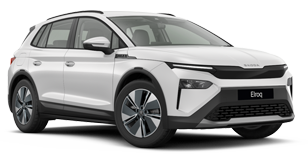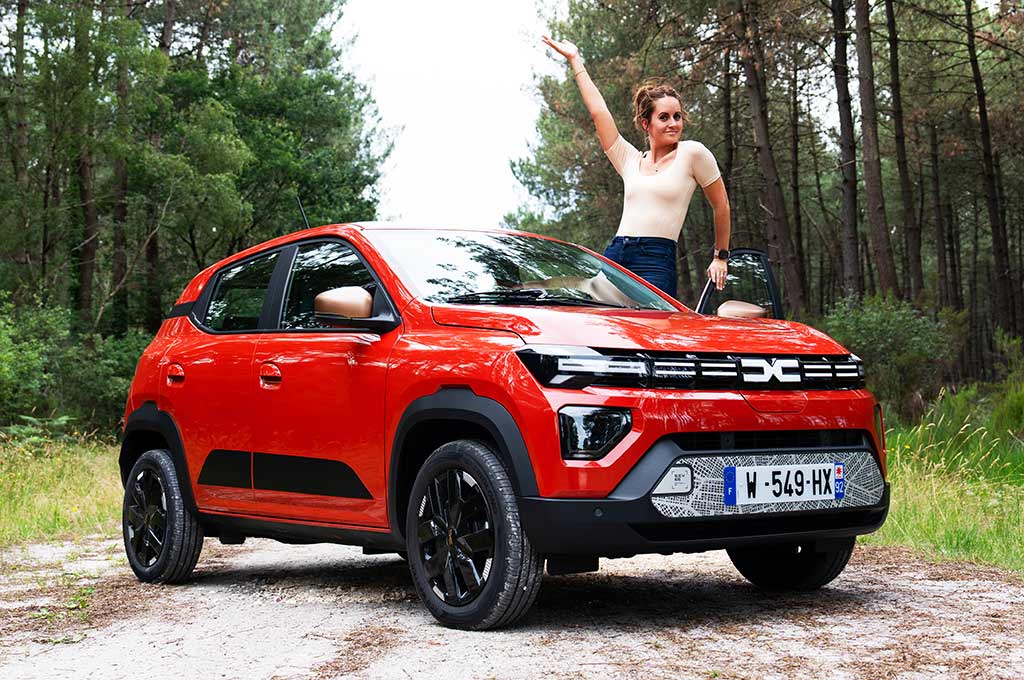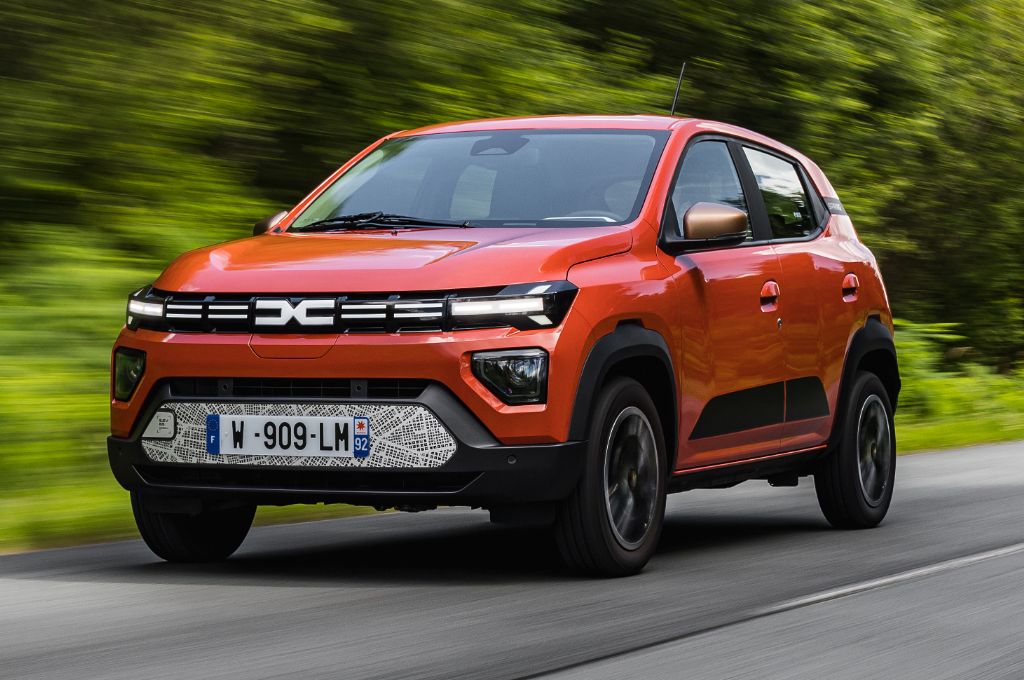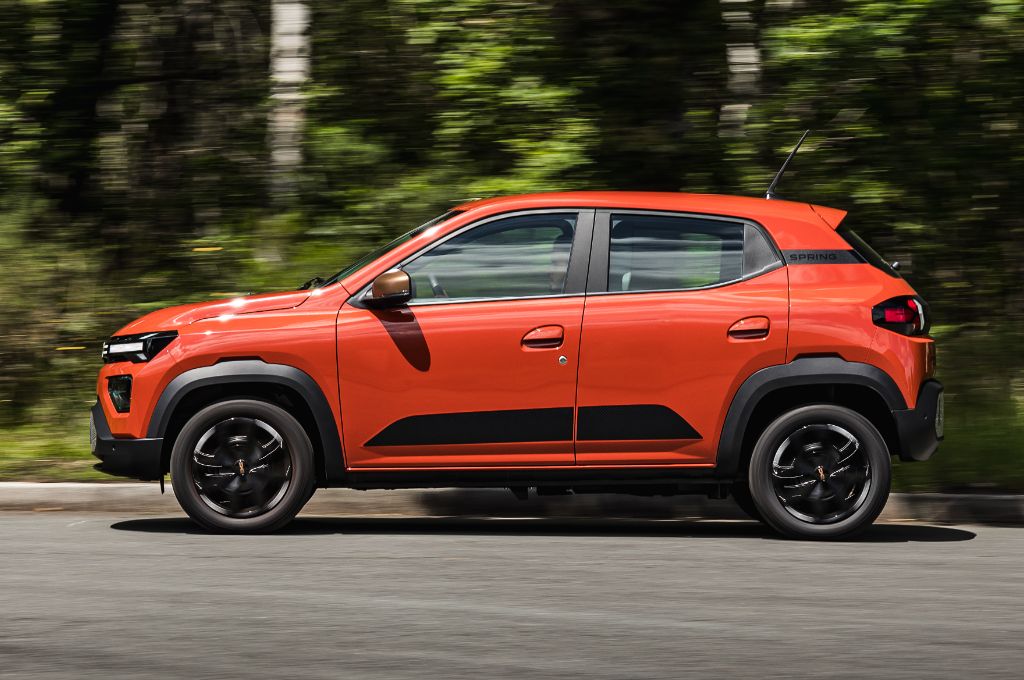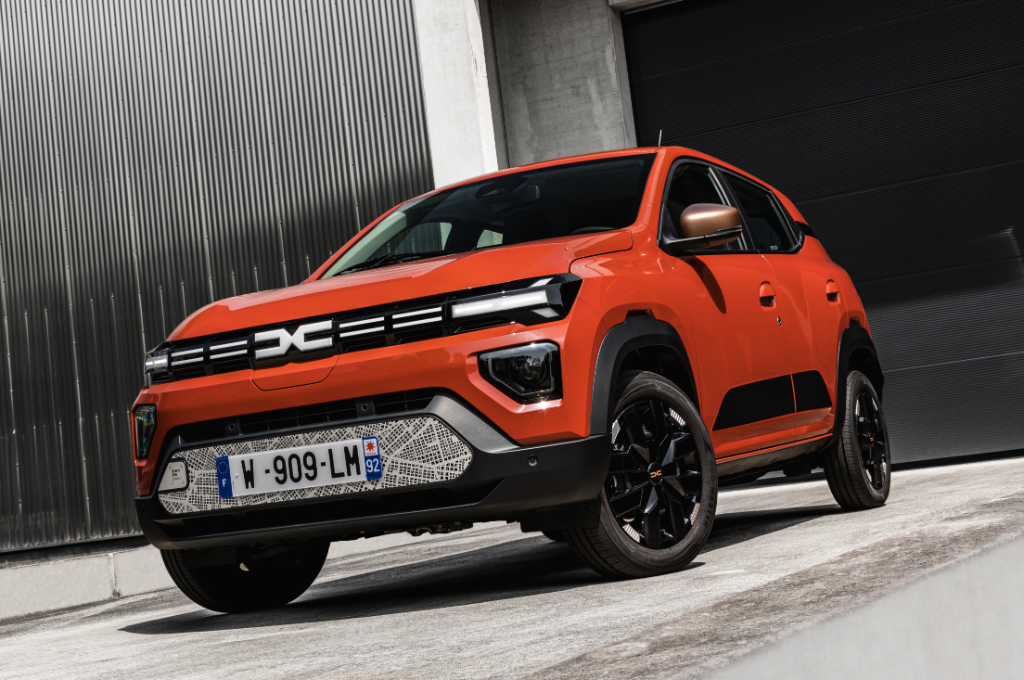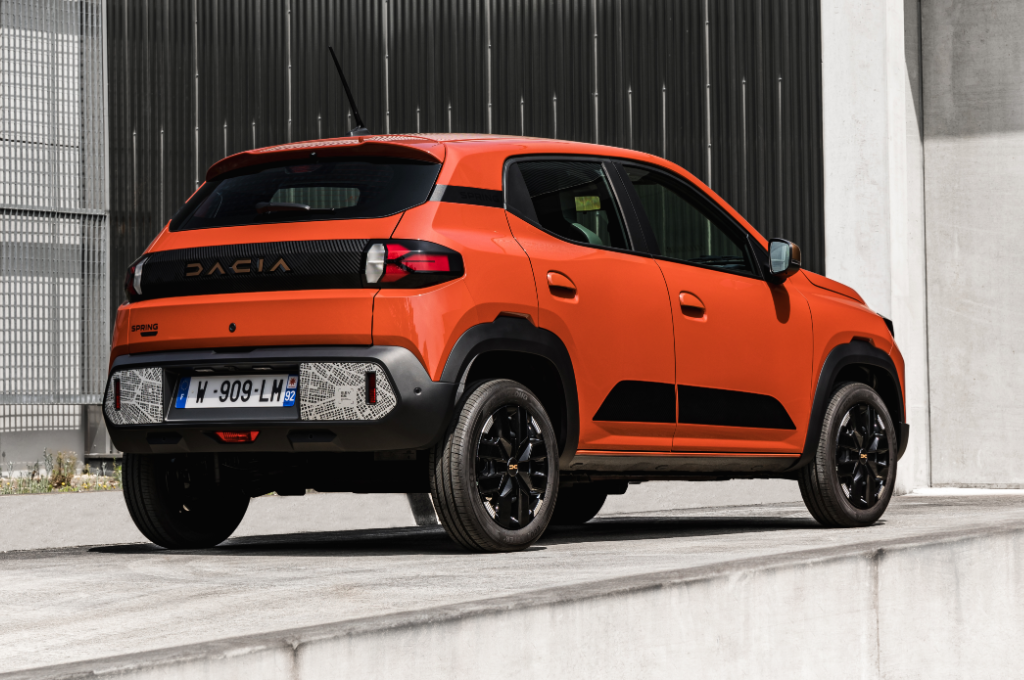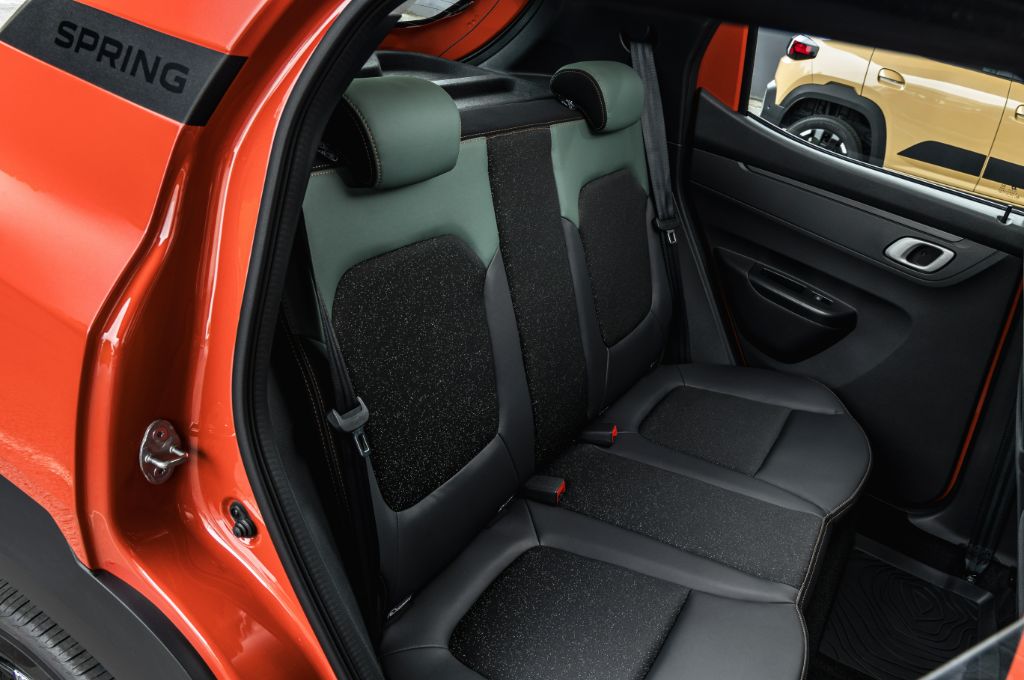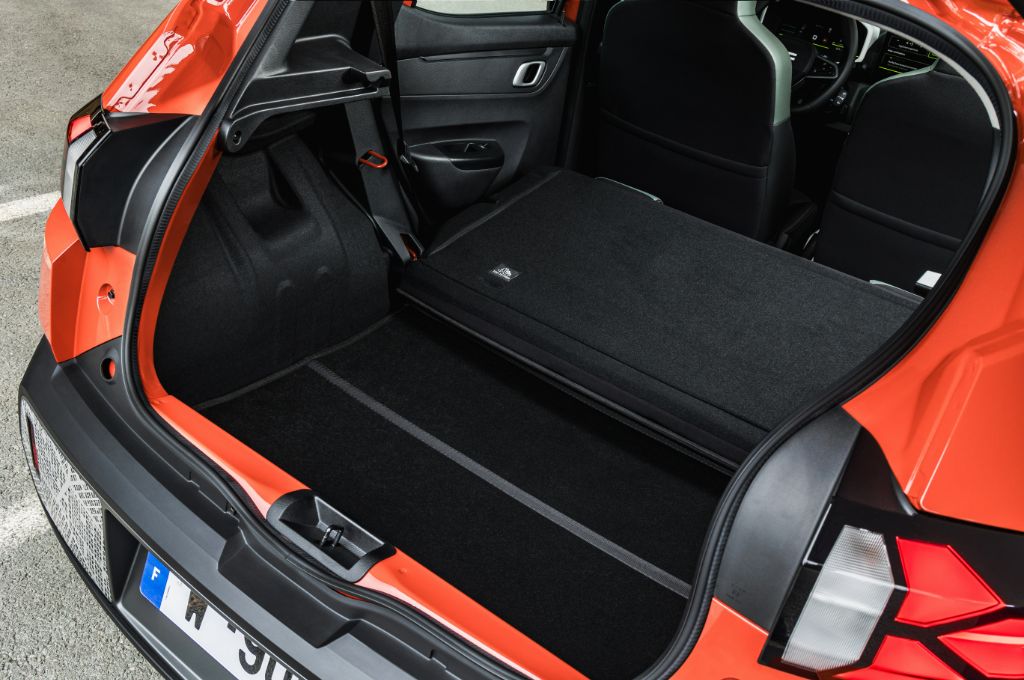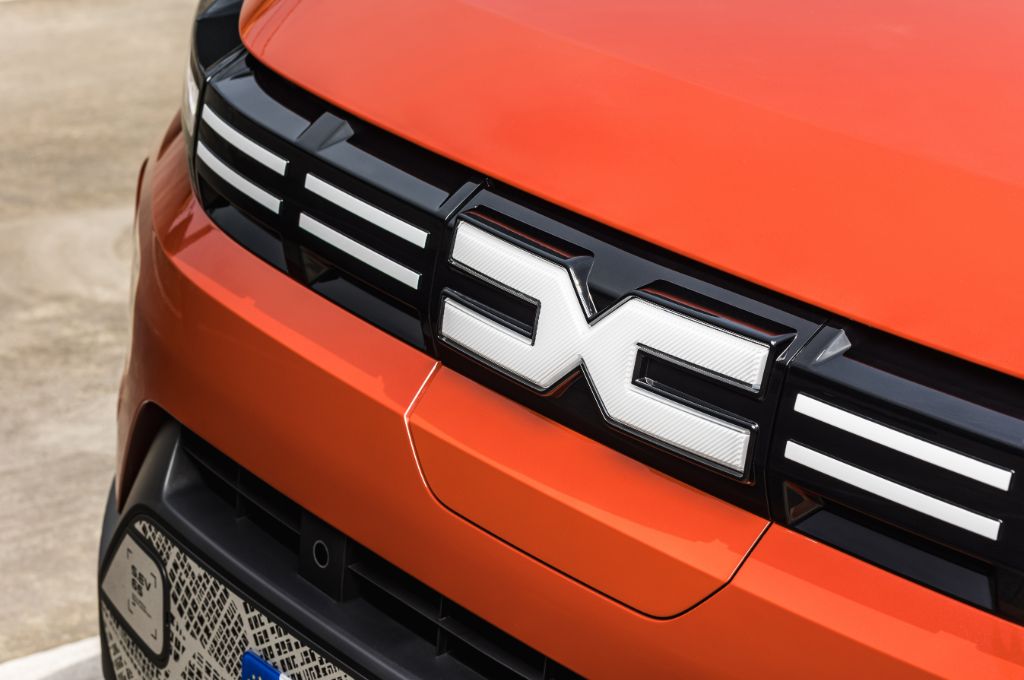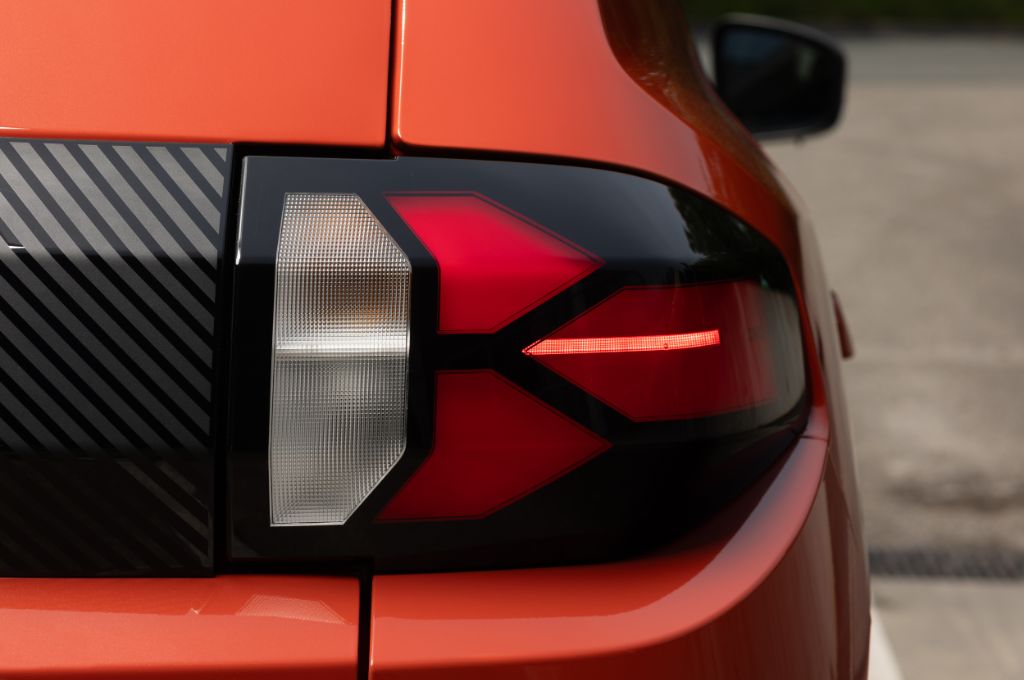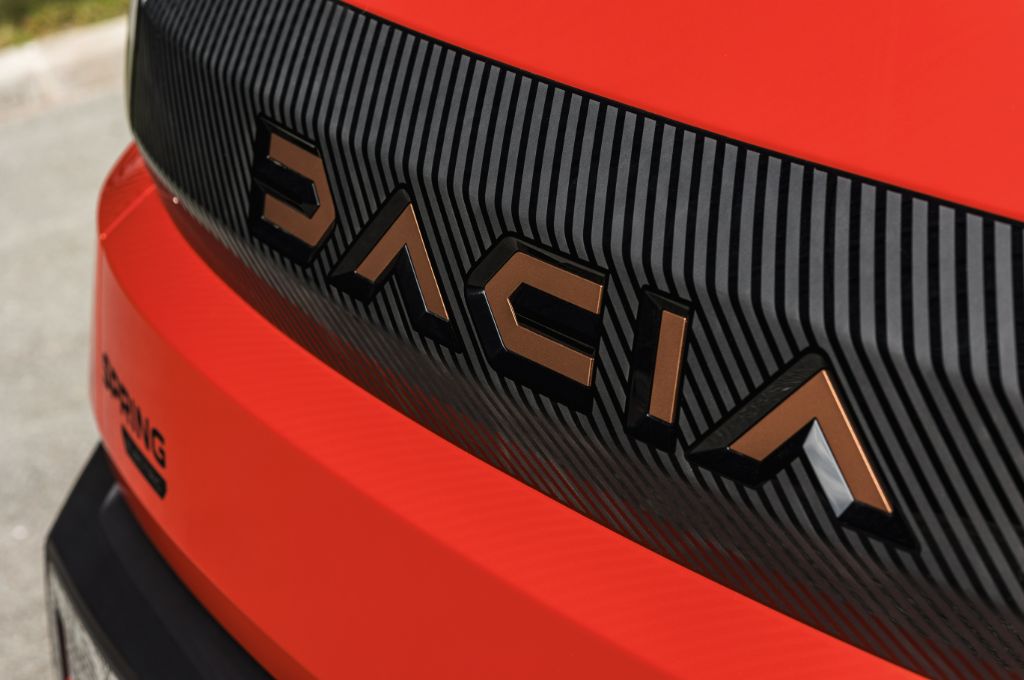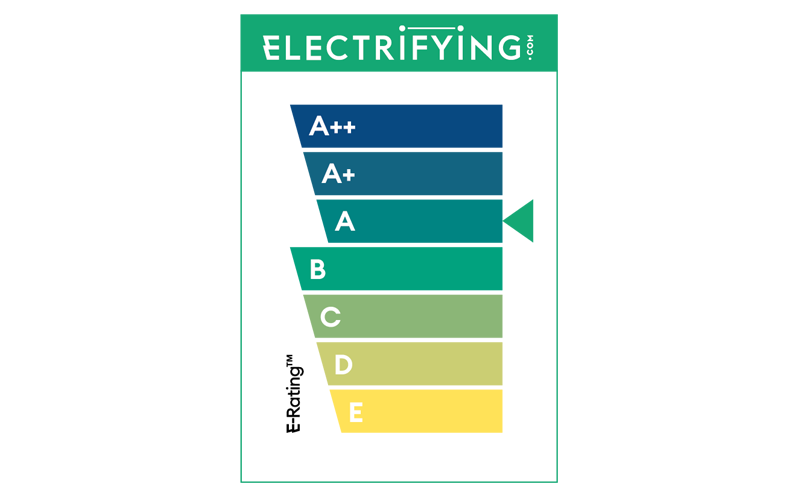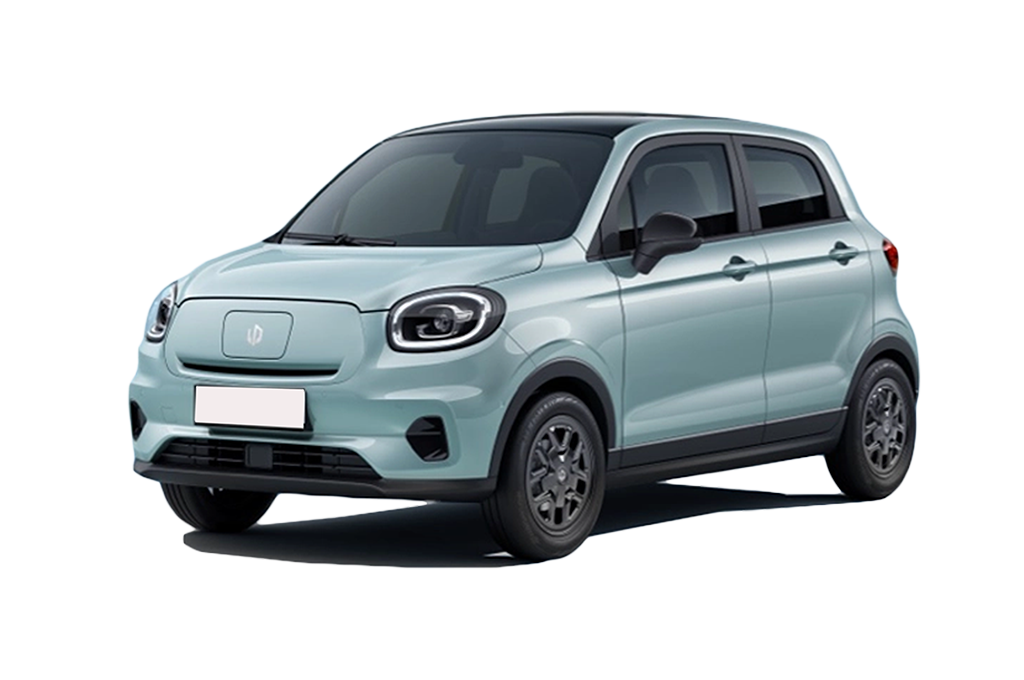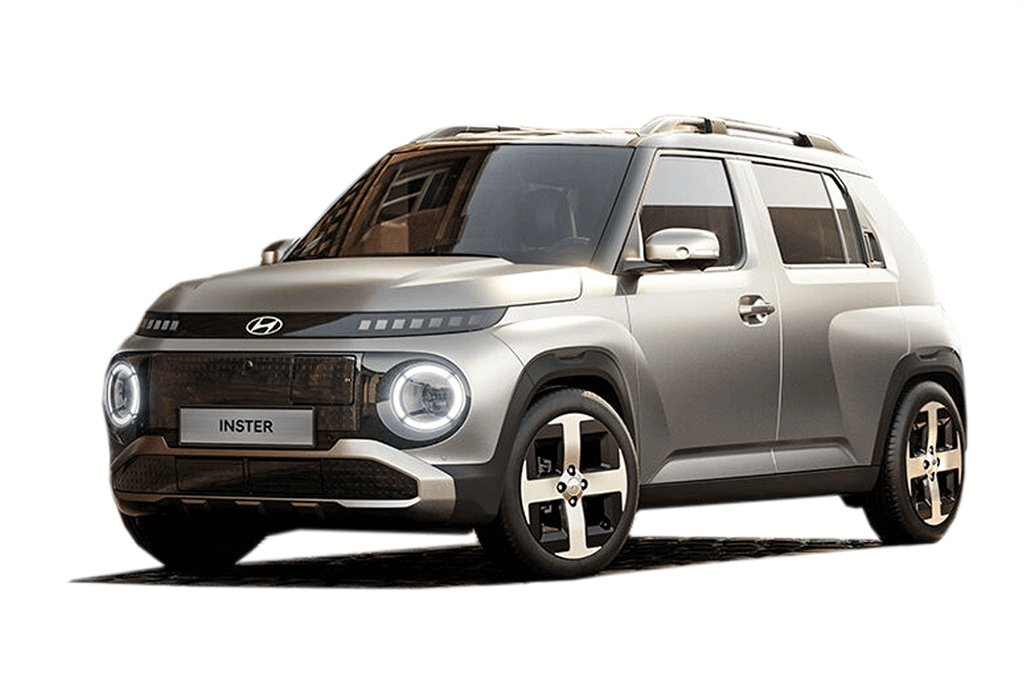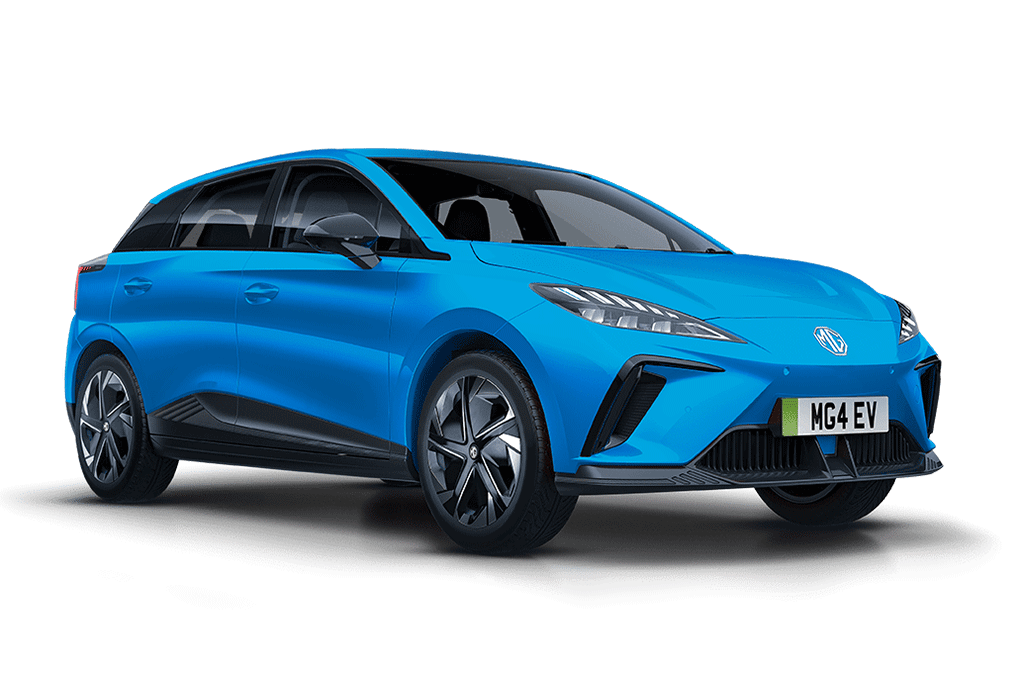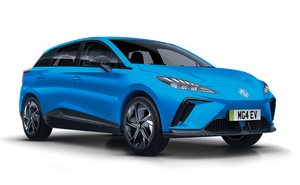Introduction and model history
Welcome to the Dacia Spring – it’s one of the most affordable five-door electric car in the UK! Now, Dacia has had the Spring for a few years over in Europe, but it’s finally coming to Britain now that it’s had a big refresh, with a new look and a nicer interior. It's a big step up from the previous model, too, and while you aren’t getting the levels of equipment or space you’ll find in more expensive rivals, we absolutely love its basic, no-nonsense attitude and affordability. The only car to really rival it for value is the Leapmotor T03, which you can find out all about by watching out twin test video, right here. And you can also read the review of the T03, of course.
I actually like the way the Spring looks. It’s got no chrome, as that’s not environmentally friendly, and it’s all been designed to be cheap to repair if it gets damaged in a parking bump (this is a company that sells a lot of cars to Parisien drivers, after all…). I’ll take mine in ‘Safari Beige’, please. Who’d have thought that beige would make a comeback? I love it.
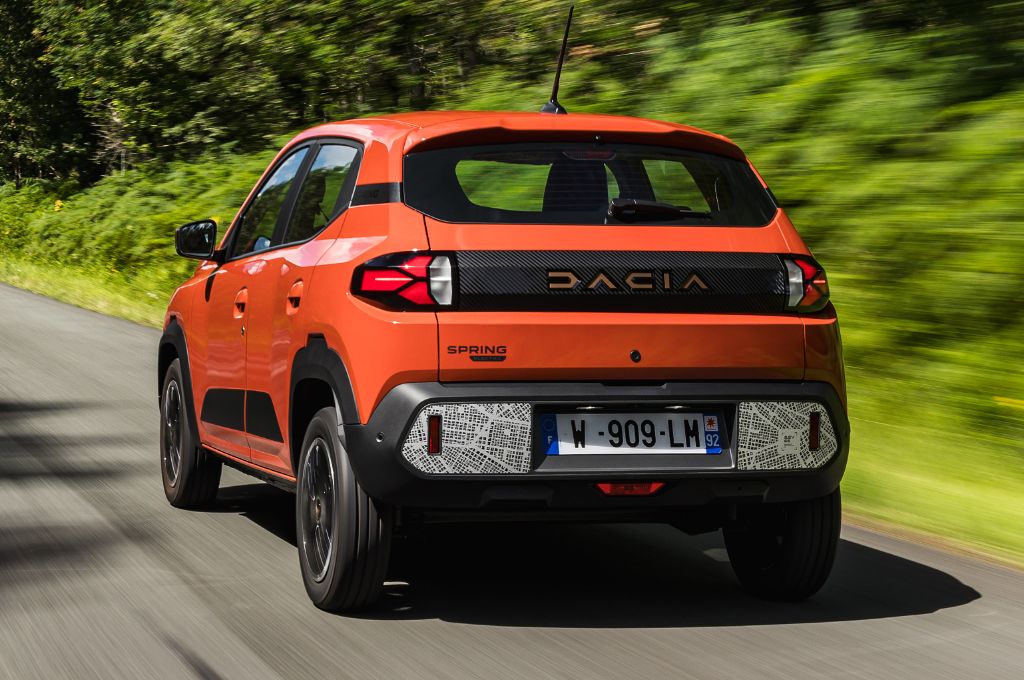
Range, battery and charging
In the UK we'll be getting just one battery size of 26.8 kWh, which is about half the size of the Vauxhall Corsa Electric's and quite a bit smaller than the 44 kWh battery you'll find in the Citroen e-C3.
As Dacia is focused on keeping the Spring as light as possible - it’s less than half the weight of a VW ID.3 - Dacia claims it will cover over 137 miles of official WLTP range on a full charge. That’s more than the Mazda MX-30, which has a larger battery pack. You’ll also be able to get the most out of your range as the Spring is fitted with regenerative braking for the first time, which feeds precious energy normally lost through braking back into the car's battery.
And I can tell you – the real world efficiency is incredible! We managed 7.4 miles/kWh in the Spring, even though it was a bit rainy on our fairly slow French test drive. That’s good for nearly 200 miles of real-world range!! I mean, how amazing is that? Sure, you should see that as something of an exceptional ‘best case scenario’, and as soon as you’re on faster roads or in cold weather that’ll drop really quickly. We’d say that 100 miles is a realistic average real-world range to expect. But in the right conditions, this thing is an efficiency champ!
The Spring has a 7kW on-board charger, and that little battery means that a charge from a home wallbox will take only four hours. Dacia says many owners will opt to use a standard three-pin domestic socket to charge, which takes 11 hours.
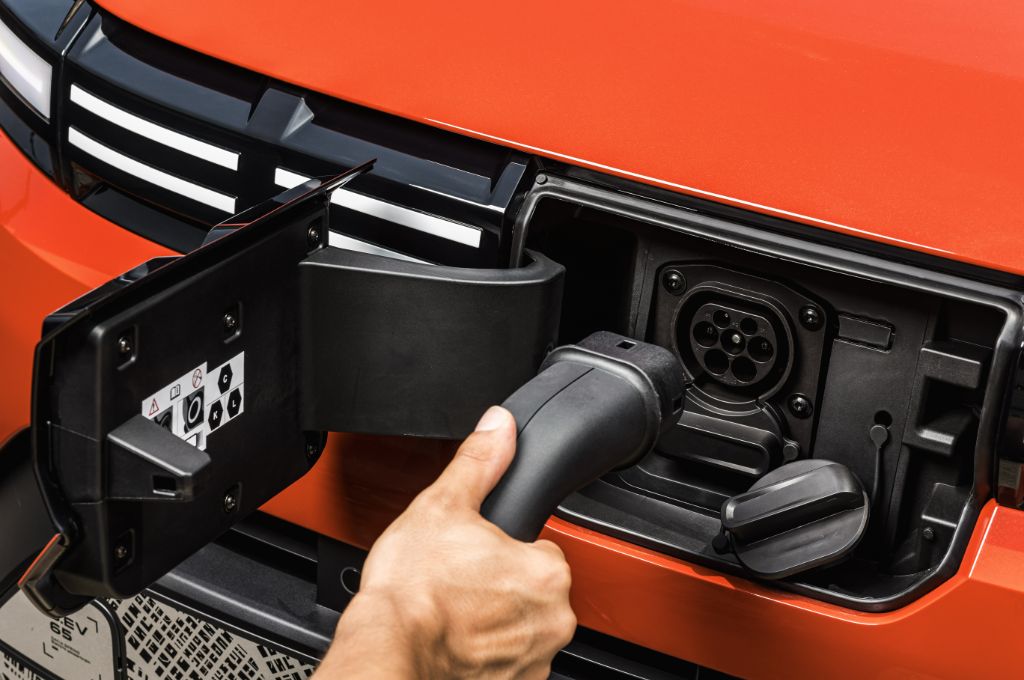
A 30kW DC charger enables fast(ish) charging from 20% to 80% in 45 minutes, This is standard on the two more powerful models on sale in the UK, but won’t be on offer - even as an option - on the entry level 45 version. The charging flap is located in the centre at the front of the car (I’d prefer it at the back of the car, but this is a niggle I’d put up with for the Dacia’s price…). It’s also super impressive that on the top-spec Extreme spec car, you get standard vehicle-to-load charging, which allows you to charge up other things from your car - like an e-bike, or vacuum cleaner, in case you want to spring-clean your Spring.
As you'd expect, the Dacia Spring uses CCS and Type 2 sockets. They're compatible with every home car charger, and with the vast majority of public chargers in the UK and Western Europe.
Practicality and boot space
The small and more ‘cost conscious’ feeling in the Spring is definitely evident when you get in the back seats. I can sit back there, behind myself, but I’m not exactly tall and it does feel very compact. You can only sit two people back there, too – so the Spring is a four-seater, only. You do get two Isofix fittings, though, and wipe-clean mats that you can remove, clean and replace.
It’s a bit sparse, too. You don’t get much storage other than pockets on the back of the rear seats. Basically, if you want to carry people - other than children - regularly in the back of your small electric car, then the Citroen e-C3 and MG4 have much more space. Mind you, they’re a lot more expensive, so I’d just tell my passengers to live with it!
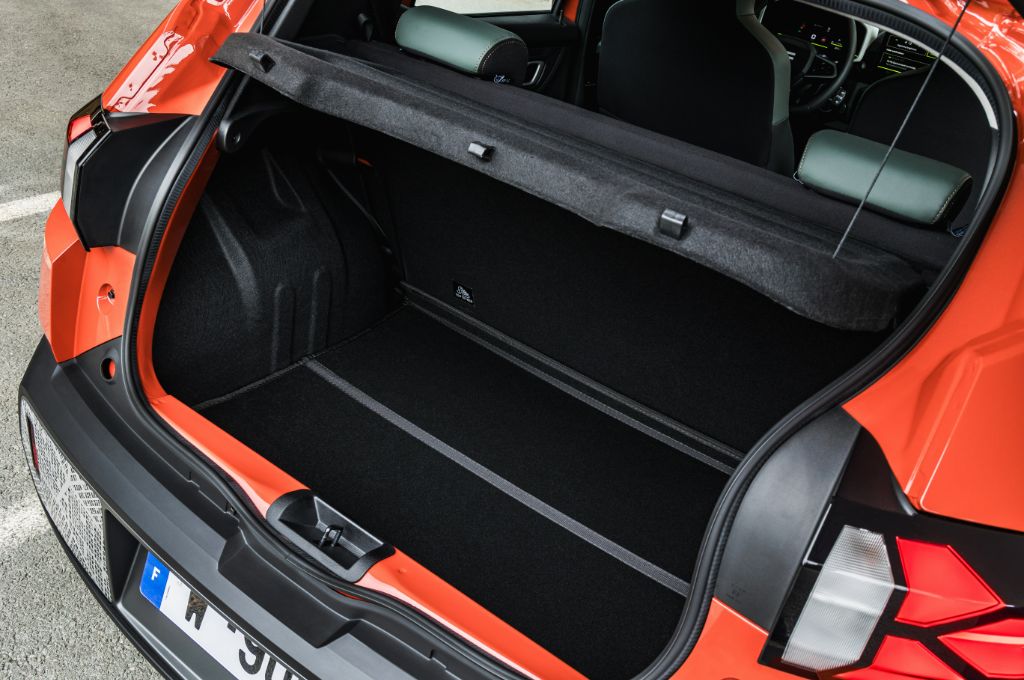
Despite its dinky size, the Spring’s boot has 308 litres of space, which actually leads the competition when it comes to size. It’s even larger than the Peugeot e-208’s boot. The rear bench seat folds down in one huge piece, but it goes down kind-of-almost flat - which expands the space to over 1,000 litres, although you will have to lug heavy loads over the boot lip and down into the recessed floor.
Up front there’s you can also opt for a frunk which will give you another 35 litres, ideal for carrying your charging cables – and so convenient for that charging port on the nose!
Interior, Design/Styling and Technology
Dacia has totally changed the interior from the car we drove last year and that’s a good thing because we thought it was a bit too basic. The quality is much improved and it’s also a nicer place to be with a choice of three trim and equipment levels on offer; Essential, Expression and Extreme. It looks like we’ll be taking the two top level trims in the UK, so even the entry level car won’t be the most basic.
In the front there's a new dashboard design, with all cars getting a seven-inch digital driver's display, while the two higher trim levels get a 10-inch infotainment system which connects with Android Auto and Apple CarPlay. There’s a nice sense of fun in the interior and practical elements like the surround to the driver’s display, the door bins and the gear selector are highlighted in white. There are flashes of coloured trim - different colours for different trim levels - and like the new Duster you can order Dacia's clever YouClip mounts which enable you to attach your phone, or a cup holder or a portable light to various places in the car. If you opt for the Extreme trim you get sturdy, rubber floor mats and door sills.
This updated Spring gets a ton of new assisted driver aids, including lane-keep, autonomous emergency braking and traffic sign recognition – which is great news, as the Euro NCAP rating before this facelift was not good, at all.
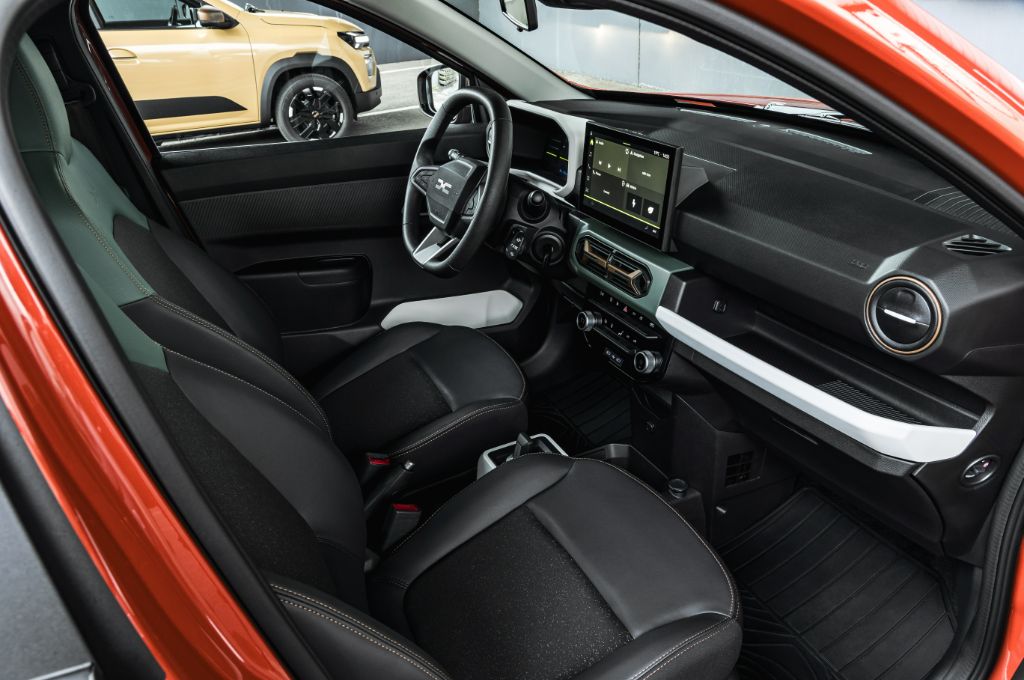
Motors, Performance and Handling
The Spring feels really at home in town with its tight turning circle and compact size making it easily manoeuvrable. The high ground clearance will also come in handy when you head out of the city or have to navigate potholes and speed bumps.
While there's only one battery on offer, there are two different electric motors both powering the front wheels, a 65bhp motor and a second which produces a rather modest 45bhp. The most powerful version delivers more sprightly performance, although the 0-62mph time of 14 seconds isn't exactly speedy by modern electric car standards but plenty powerful enough for a small car like this.
As for the 45bhp version, well that takes a comically pedestrian 19.1 seconds to get to 62mph. But if you’re looking for a small electric car to mainly use around town then its leisurely pace shouldn't be an issue for you.
We drove the higher powered one, and it’s actually fine. It even feels kind of razzy at lower speeds, as you’ve still got enough torque and it’s quite light, so – as a town and suburban car – it’s really not bad at all. The brake regen’ is good, too. It’s not one-pedal or anything, but it’s smooth and it pulls you to a slow crawl easily and predictably.
Our only real concern is with the standard tyres. Now, the tyres that your Spring will arrive on out of the showroom are by a manufacturer called Ling Long. These are properly budget tyres and, to put it bluntly, they're not very good. They cause quite a bit of road noise and they won't have the same grip and braking performance in wet and cold conditions as a decent set of tyres from any of the more well known tyre brands - Michelin, Bridgestone, Goodrich, Pirelli, Hankook... Any of the big names will do, and the Spring has small wheels so a new set of tyres will be cheap. The Spring itself is fine, but get a decent set of tyres on it as soon as possible, and it'll transform the handling and grip levels.
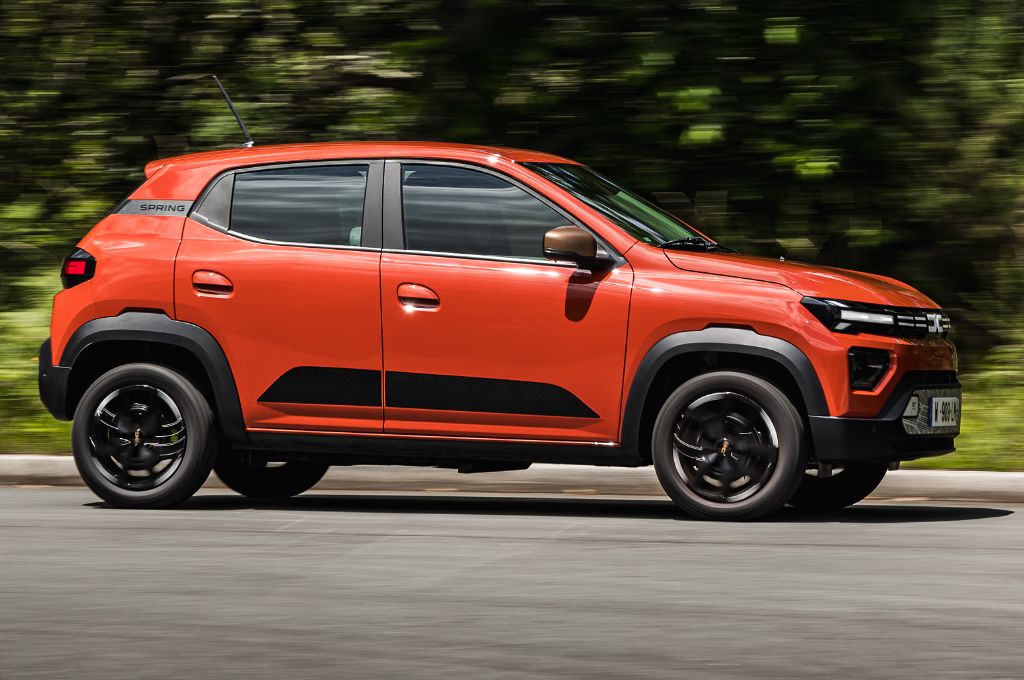
Running Costs and Pricing
Well, as we’ve mentioned, you can get amazing efficiency from the Dacia Spring in the right conditions, so running costs will be low. And, of course, purchase costs are as low as it gets.
You can choose from three trim levels in the UK. Entry-level Expression trim costs £14,995, or £15,995 if you want the higher-powered motor. It gets 15in wheels, manual air-con, a 7.0in digital driver’s display, a dashboard clip for connecting your smartphone, remote central locking, electric front windows and rear parking sensors as standard. Top-spec Extreme is only available with the 65bhp powertrain, costs £16,995 - and you can have a proper look at this spec of Dacia Spring in our video, if you like, as that’s what I drove around rainy France. It gets jazzy, copper-coloured interior and exterior flourishes, electrically adjustable door mirrors, electric rear windows, with a 10.0in infotainment screen (with wireless Apple CarPlay and Android Auto, two USB ports and that vehicle-to-load charging.
As for finance? Well, you only need a few hundred quid for a deposit, and you can get monthly prices down to £200 per month. Which is pretty impressive, I reckon.
Verdict
Look, it’s basic and it’s not fast, but we need this car. We need properly affordable electric cars, and I think you’ll be with me on saying that I’ll happily take more basic specification and slightly cramped rear seats to get it. Is it better than the Leapmotor T03? Well, that's a tricky one. I prefer the looks of the Spring, and it has a better boot than the T03... But the Leapmotor does have better equipment levels, faster charging and more power for the money, so we'd have to give it to the Leapmotor. Only just, though, and the Spring is still a really recommendable, weirdly lovable little car. We're just glad that there's finally some options for buyers who want basic, practical electric cars!
Like the Dacia Spring? Try these...





